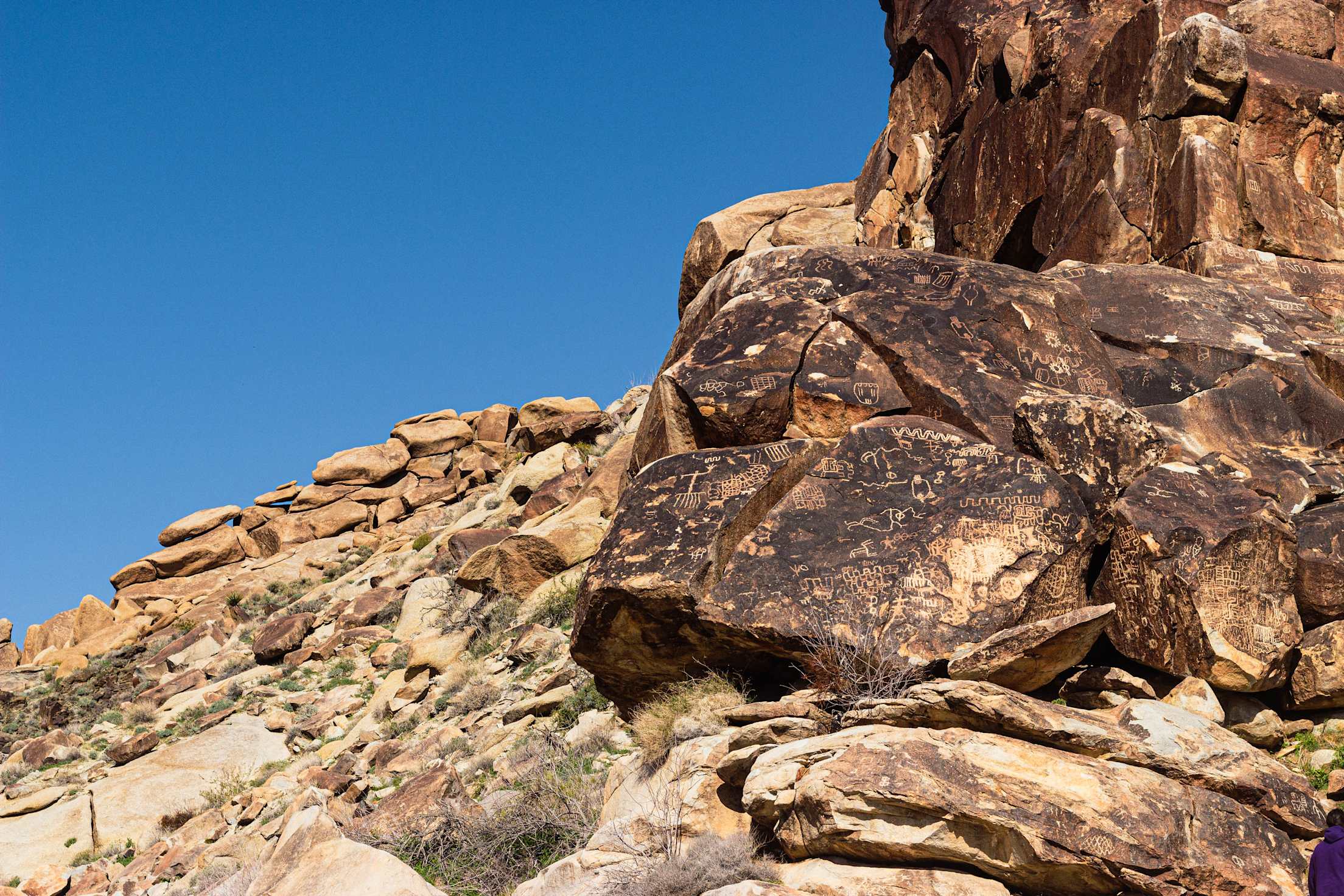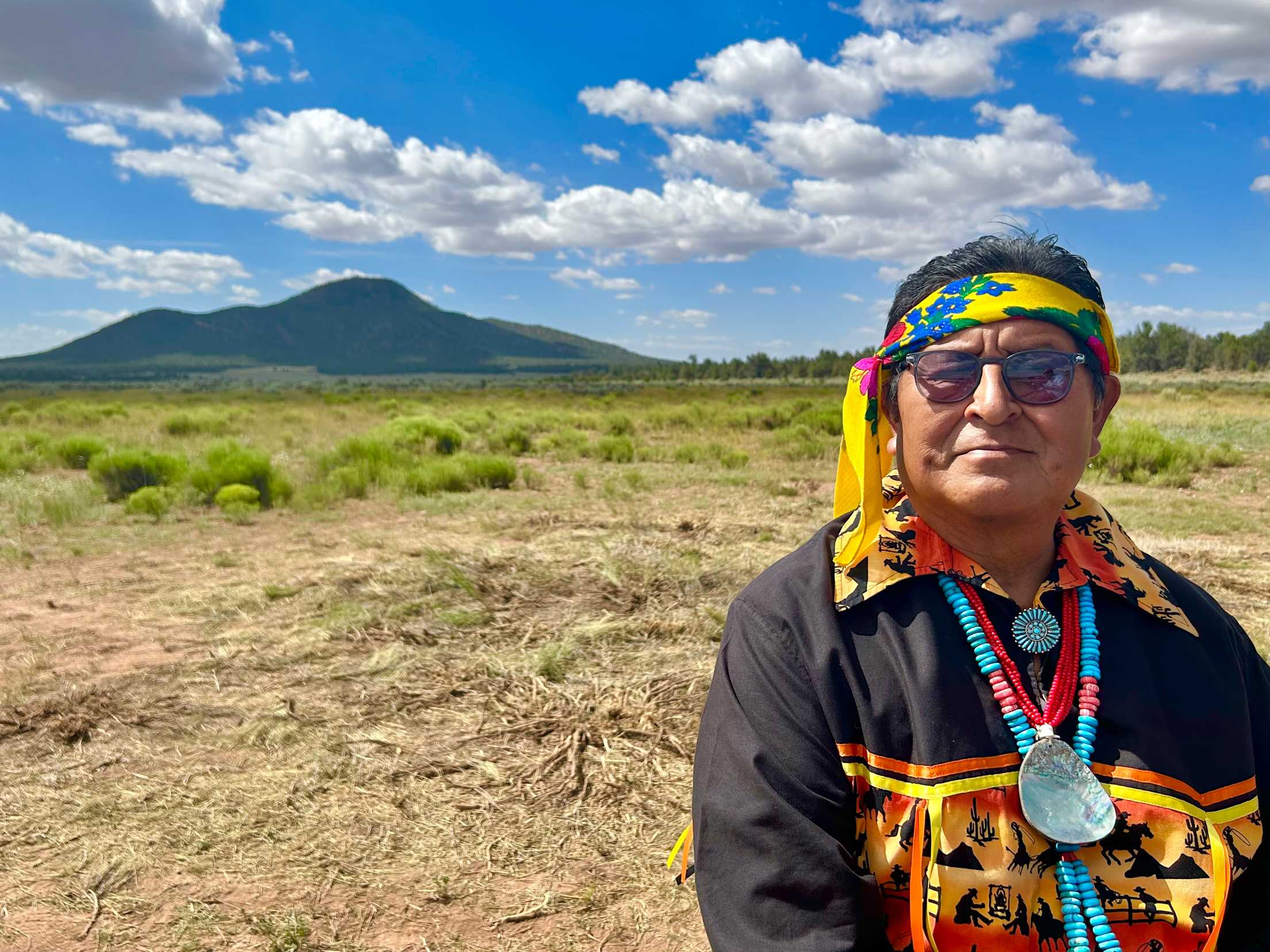
5 New and Expanded National Monuments in the West
From Arizona to California, these wildlands offer history and space to spread out.

President Biden has established new U.S. National Monuments and enlarged a couple more in the West during his tenure. Many of these places protect some significant geologic features, wildlife habitat and migration corridors, and lands that are sacred for many Tribal Nations and Indigenous peoples. Not only that, but they’re ideal spots for getting out and exploring the great outdoors without the crowds. From Colorado to California, here are five new monuments and expansions in the West that are worth experiencing for yourself.
Camp Hale National Monument, Central Colorado
Designated as a national monument in October 2022, 53,804-acre Camp Hale sits in the heart of Colorado’s Rocky Mountains. It’s within these rugged peaks and valleys that the U.S. Army’s 10th Mountain Division—the first and only U.S. Army unit of its size to specialize in fighting in mountainous and arctic conditions—trained, learning the winter survival techniques that would ultimately help them bring an end to WWII. After returning home from their position in the Italian Alps, this elite light infantry division used their skills and experiences from training to help establish America’s ski industry.
Camp Hale National Monument, which is treasured for its historical significance, also lies within the ancestral homelands of the Ute people. They utilized the Pando Valley for collecting medicinal plants and as an important transportation corridor to and from sacred hot springs in Glenwood Springs. Today this monument protects rare flora such as ice grass, a uniquely adapted high-altitude perennial that grows within seasonal pools of ice melt, and serves as a protected habitat corridor for the endangered Canada lynx. Boreal toad—Colorado’s only alpine toad species—and a variety of additional wildlife such as black bears and bald eagles also reside here.
Not only is Camp Hale a great place for backcountry skiing, but it also features more than 80 miles of hiking trails, including a portion of the Continental Divide National Scenic Trail, which runs some 3,100 miles between the borders of Mexico and Canada. The protected landscape’s Tenmile Range is also home to 14,265-foot-tall Quandary Peak, one of the state’s most iconic “Fourteeners” (a mountain that’s over 14,000 feet tall).

Avi Kwa Ame National Monument, Southern Nevada
Both visually alluring and biologically varied, Avi Kwa Ame National Monument is a 506,814-acre expanse that’s sacred to 12 American Indian tribes. Among other tribes, the Mojave, Chemehuevi, and some Southern Paiute people consider the monument’s 5,642-foot-tall Avia Kwa Ame (Spirit Mountain) to be one of Earth’s most sacred places.
The monument’s mountains, canyons, and natural springs are a part of the larger Mojave Desert. Its creation in March 2023 led to one of the country’s largest continuous areas of protected wildlife habitat, linking California’s Mojave Desert with the Lake Mead National Recreation Area in Nevada and Arizona. It serves as a wildlife habitat corridor for desert bighorn sheep, desert tortoise, and Gila monster in addition to protecting one the largest and oldest Joshua Tree forests on the planet.
Rugged terrain makes up some of the area difficult, but hikable sections include the 6,050 acre Wee Thump Joshua Tree Wilderness and Grapevine Canyon, which features American Indian petroglyphs such as mountain sheep, spirals, and intricate geometric designs. The monument’s dark skies make stargazing here spectacular.

Baaj Nwaavjo I’tah Kukveni National Monument, Northern Arizona
The monument’s name derives from two phrases: baaj nwaavjo means “where Indigenous peoples roam” in the Havasupai language, while i’tah kukveni means “our ancestral footprints” in Hopi. Many Southwest Tribal Nations consider this area sacred. President Biden declared Baaj Nwaavjo I’tah Kukveni a national monument in August 2023, setting aside 917,618 acres of public land surrounding Grand Canyon National Park to preserve its diverse array of ecosystems, as well as protect more than 3,000 known cultural and historic sites, including 12 properties listed on the National Register of Historic Places.
The monument is split into three distinct areas, two north and one south of the Grand Canyon, and includes everything from the uniquely formed Shinarump cliffs to the hikable pine woodlands and sagebrush prairies of Kaibab National Forest. The forest’s Tusayan Ranger District is home to 40 miles of the 800-mile-long Arizona Trail.
A bevy of wildlife, including western burrowing owls and desert horned lizards, live here. You’ll also find colorful plants such as orange globe mallow and crimson prickly pear in spring. The monument offers an ideal setting for getting off the grid amongst some of the region’s most remote terrains.
Berryessa Snow Mountain National Monument, Northern California
An easy drive north of San Francisco, Berryessa Snow Mountain National Monument has been providing hikers and wildlife enthusiasts with a 330,000-acre getaway since 2015. Now its rolling hillsides and steep creek canyons have added 13,696 more acres to the mix, including a portion of Molok Luyuk, an 11-mile north-to-south ridgeline that’s a marvel of biodiversity, a sacred space for the Patwin people, and a key wildlife corridor for tule elk, mountain lions, and bears. On clear days, Molok Luyuk’s highest points also provide views of Mount Shasta and nearby Mount Tamalpais.
The newly added space conserves rare serpentine wetlands, as well as a variety of 500 native California plant species. This includes at least 38 different special-status plants, such as the adobe lily—a picturesque wildflower that’s mainly limited to Northern California's clay soils—and the McNab cypress, a shrubby tree that’s typically found on dry, open slopes.
San Gabriel Mountains National Monument, Southern California
A national monument since 2014, the San Gabriel Mountains gained another 105,919 acres of U.S. Forest Service lands to add to its original 346,177 acres in May. The newly added space includes a variety of ecosystems—such as riparian woodlands, conifer forest, and canyons. Here, endangered California condors and mountain yellow-legged frogs flourish—as do more than 500 native plants and fungi. It also provides additional recreational opportunities for several Los Angeles communities that have historically lacked access to green spaces.
The latest expansion helps to fully protect 87 miles of the Pacific Crest Trail, a 2,653 mile thru-hike that runs from Mexico to Canada, and it includes the 4,700-acre Arroyo Seco Inventoried Roadless Area, a large stretch that’s mostly void of roads. Sections of the 28.8-mile-long Gabrielino National Recreation Trail, which incorporates preexisting ancient Indigenous trails, are also a part of the monument’s overall acreage.